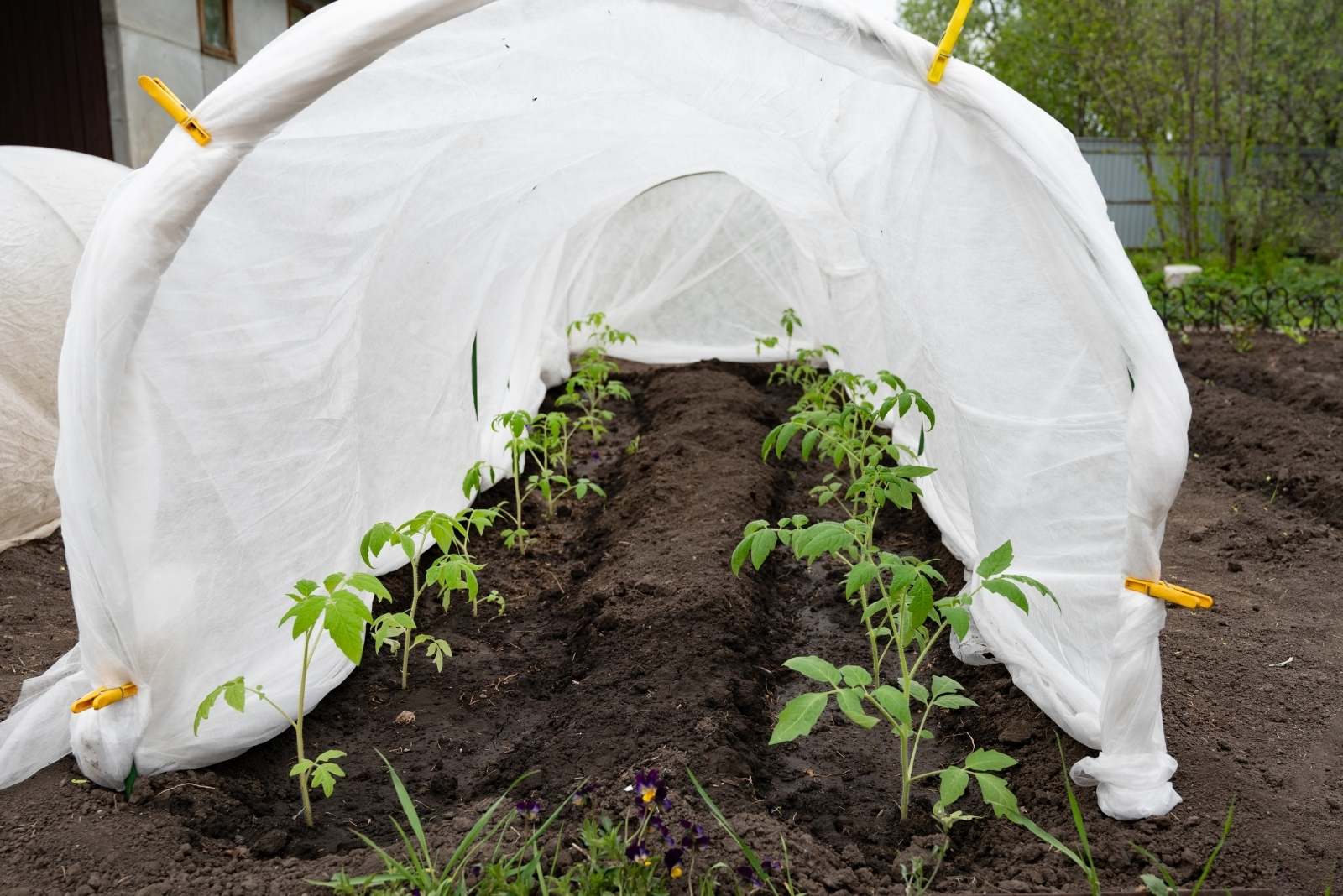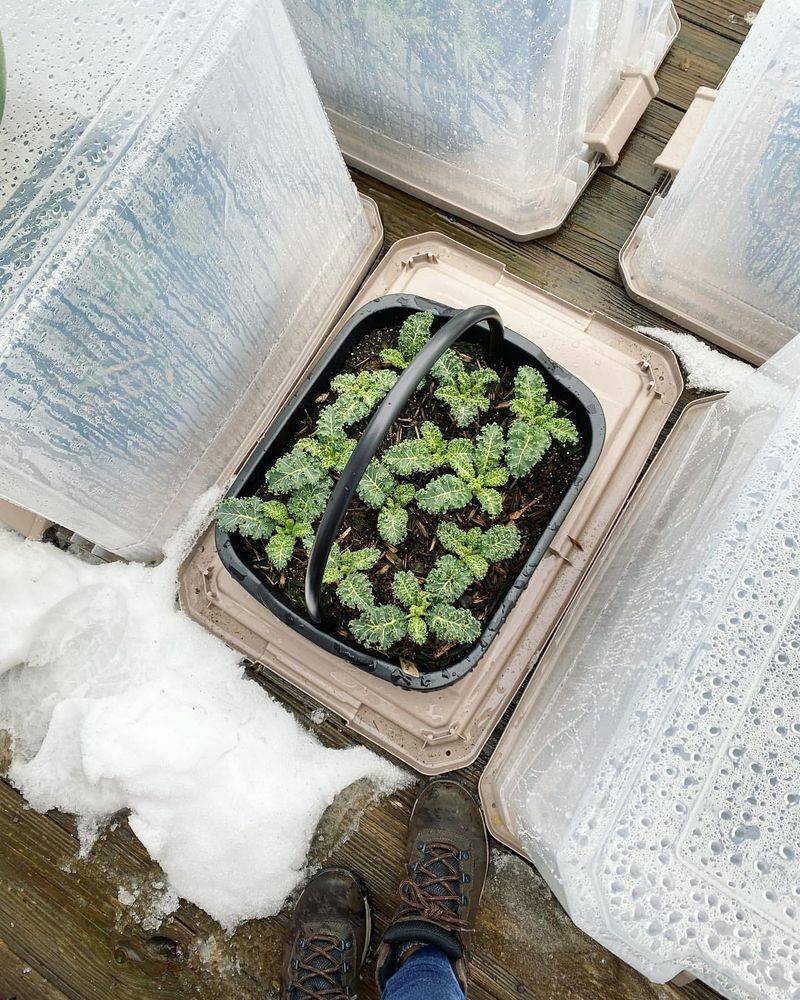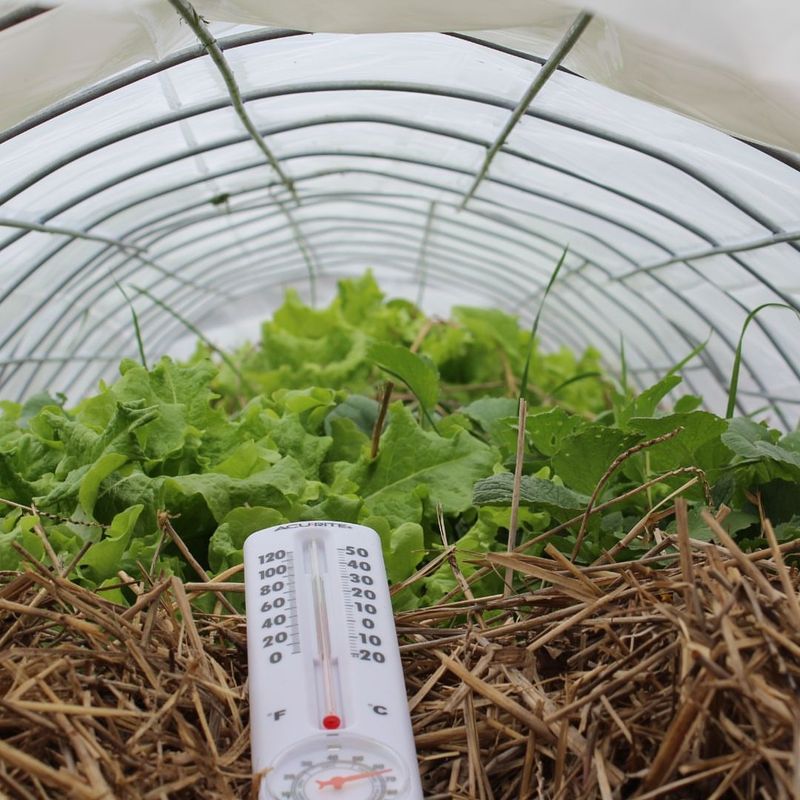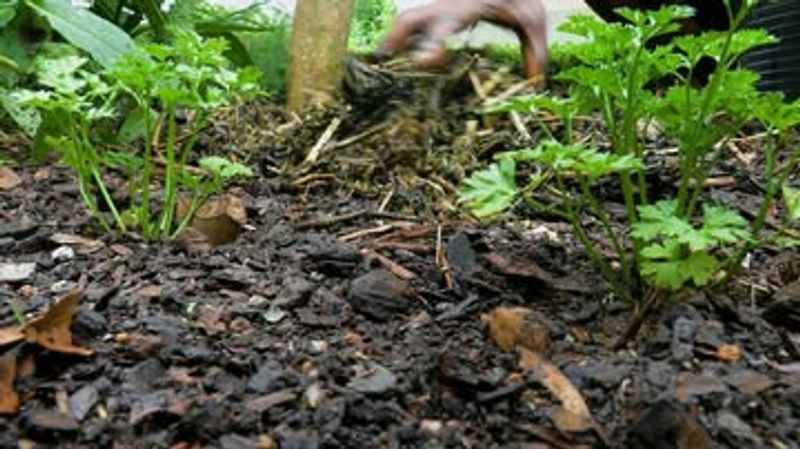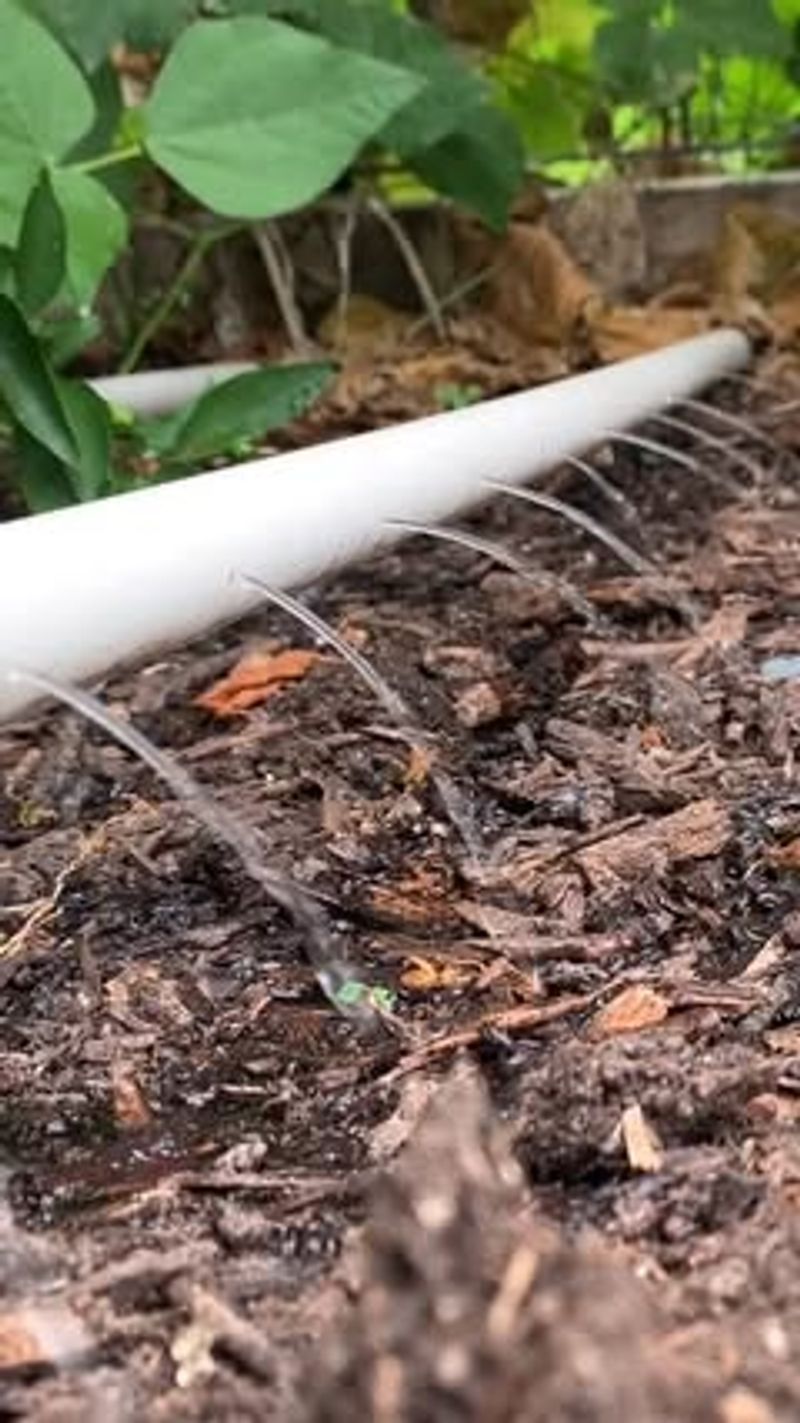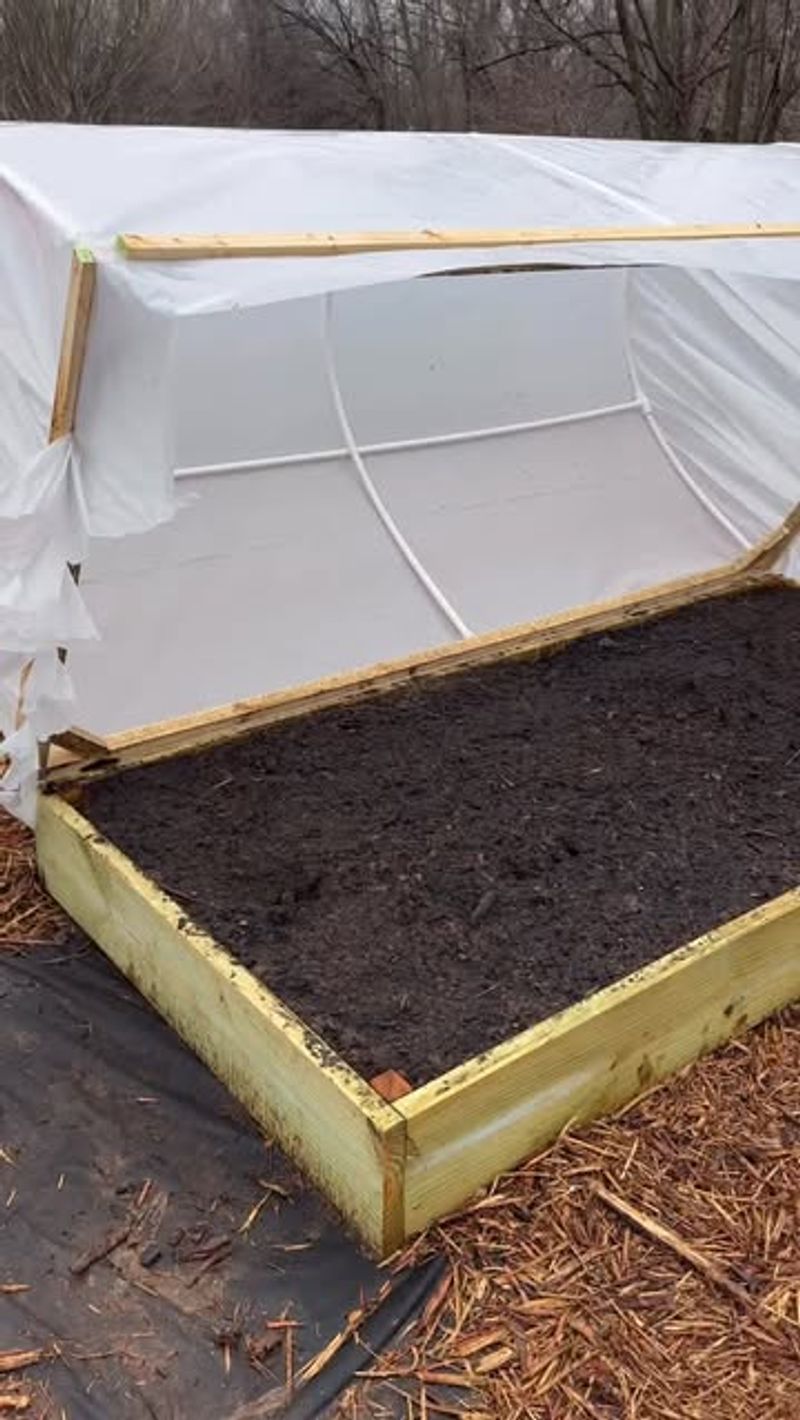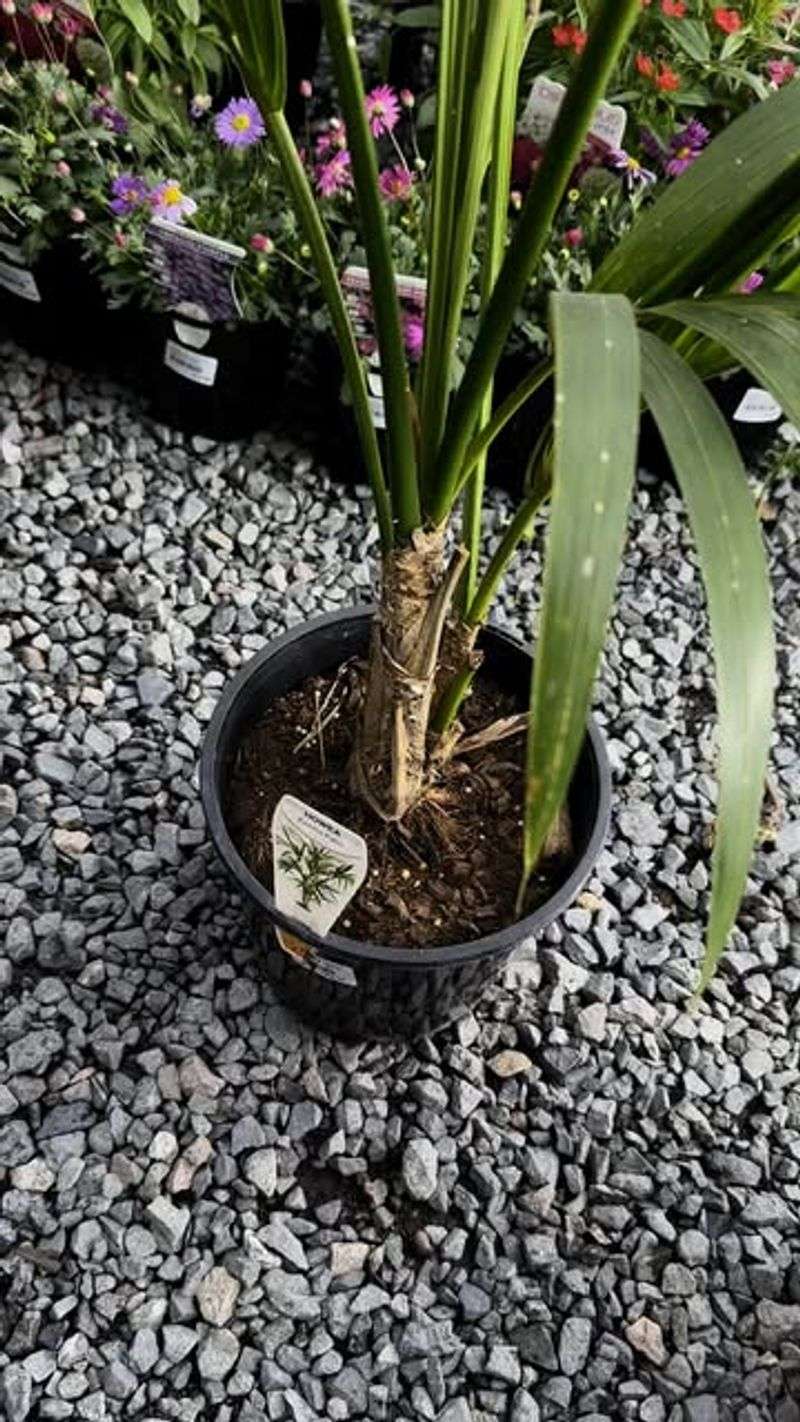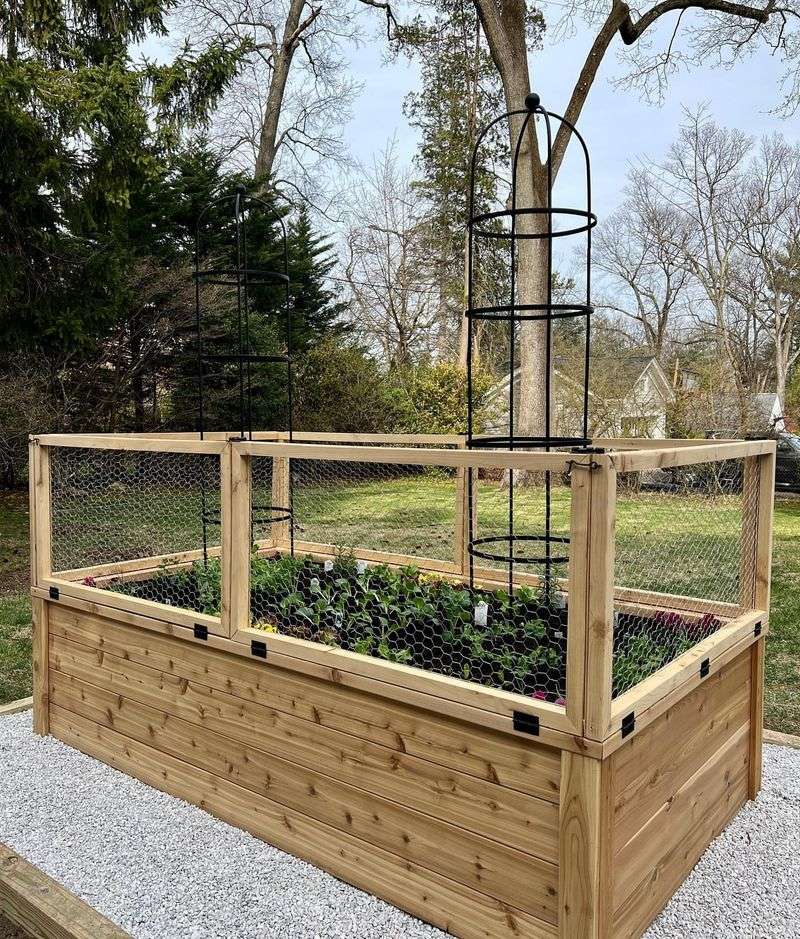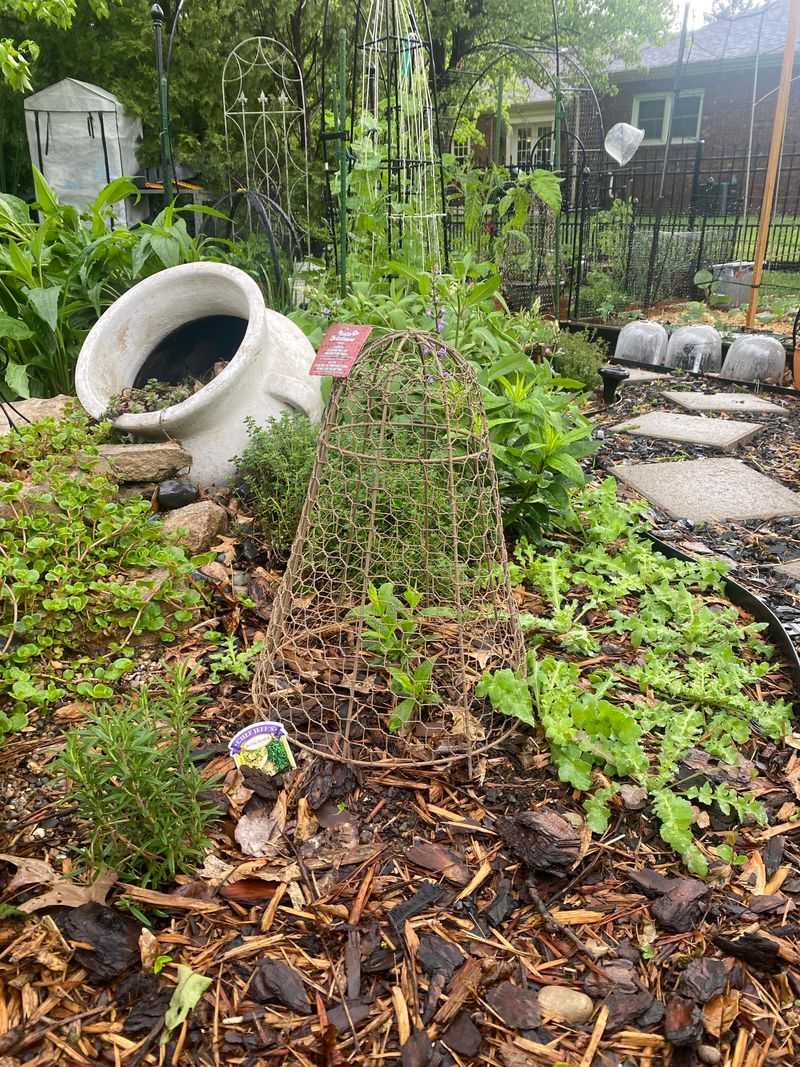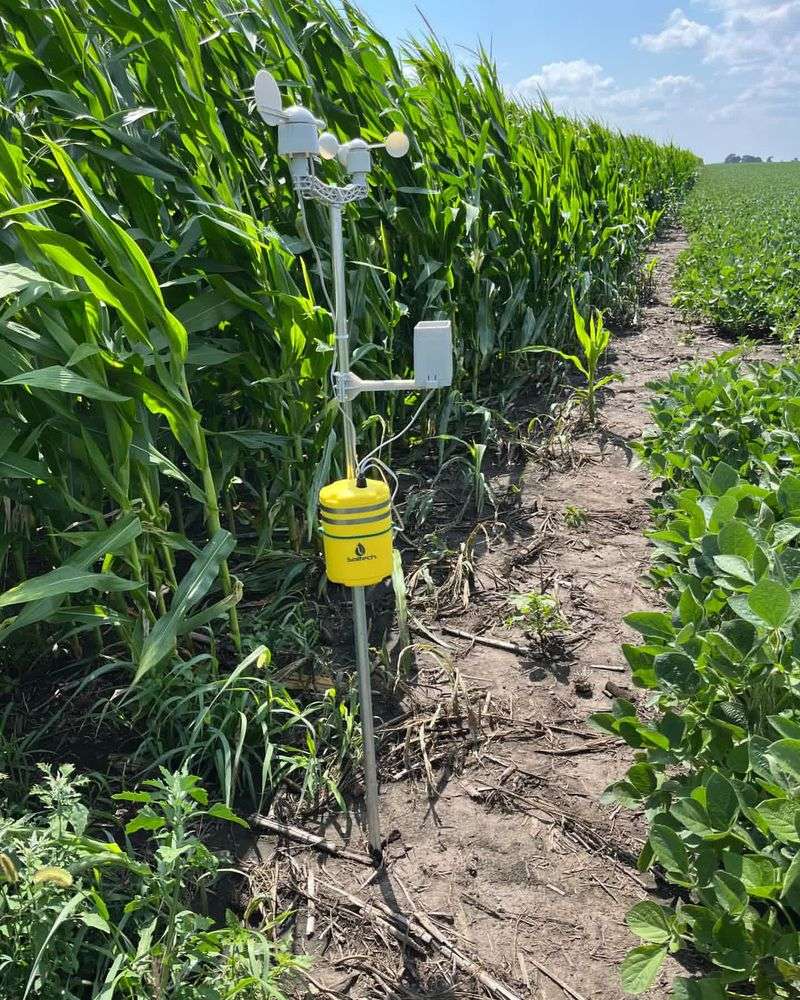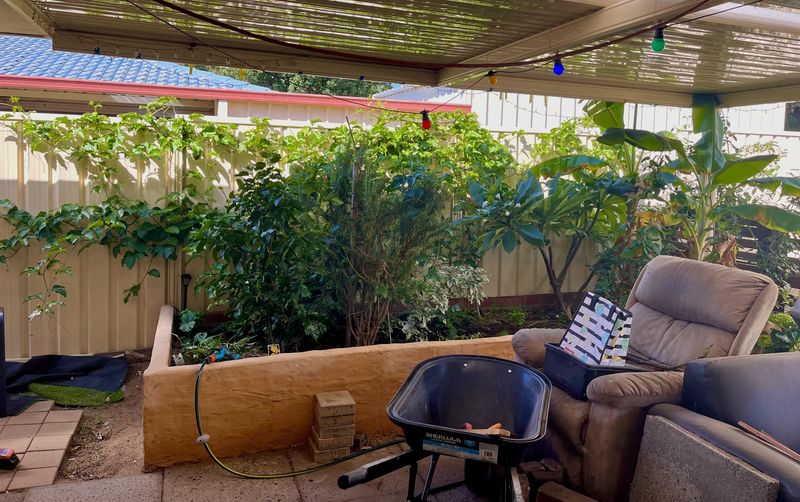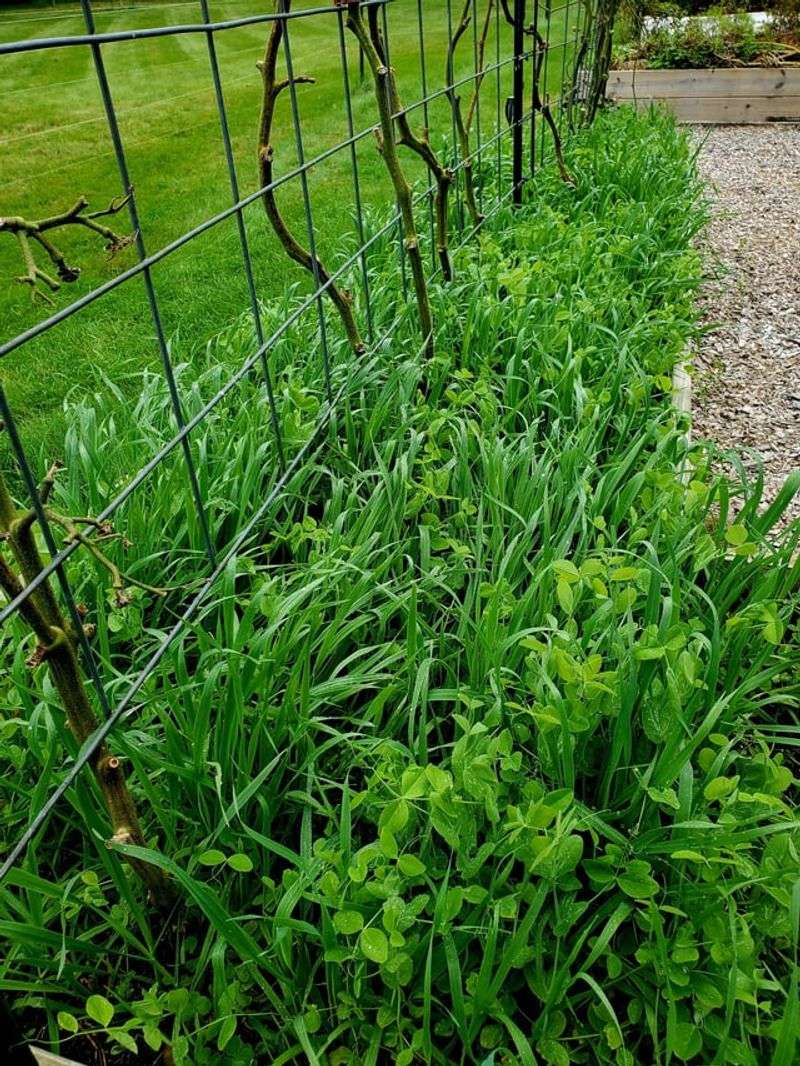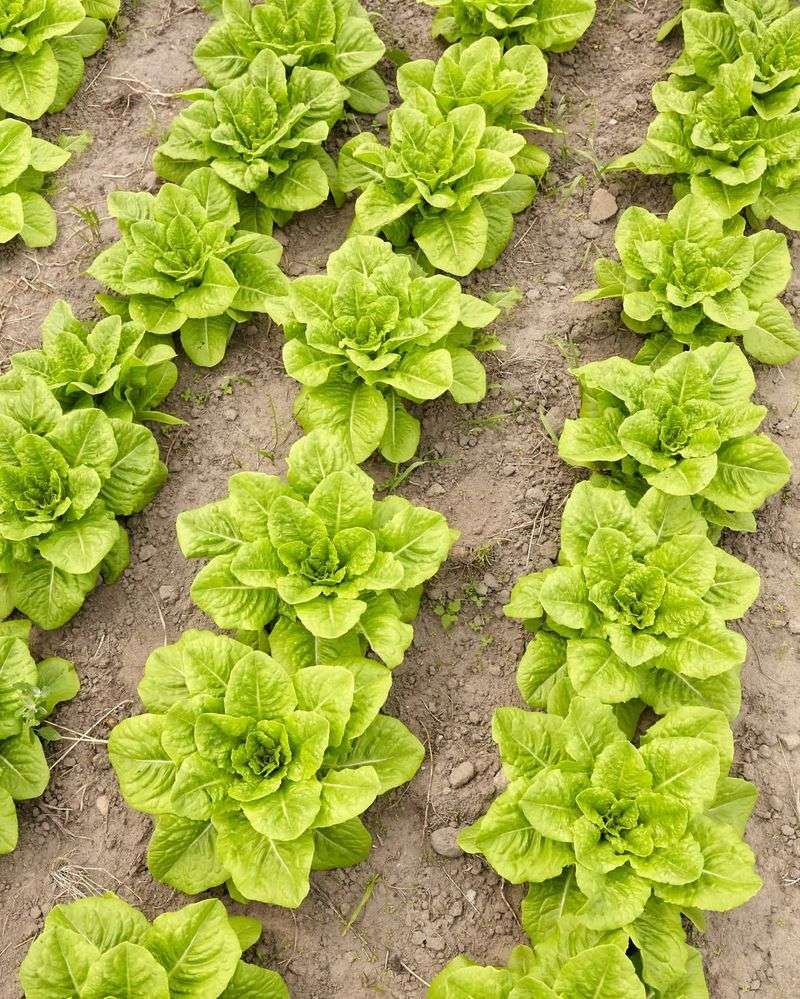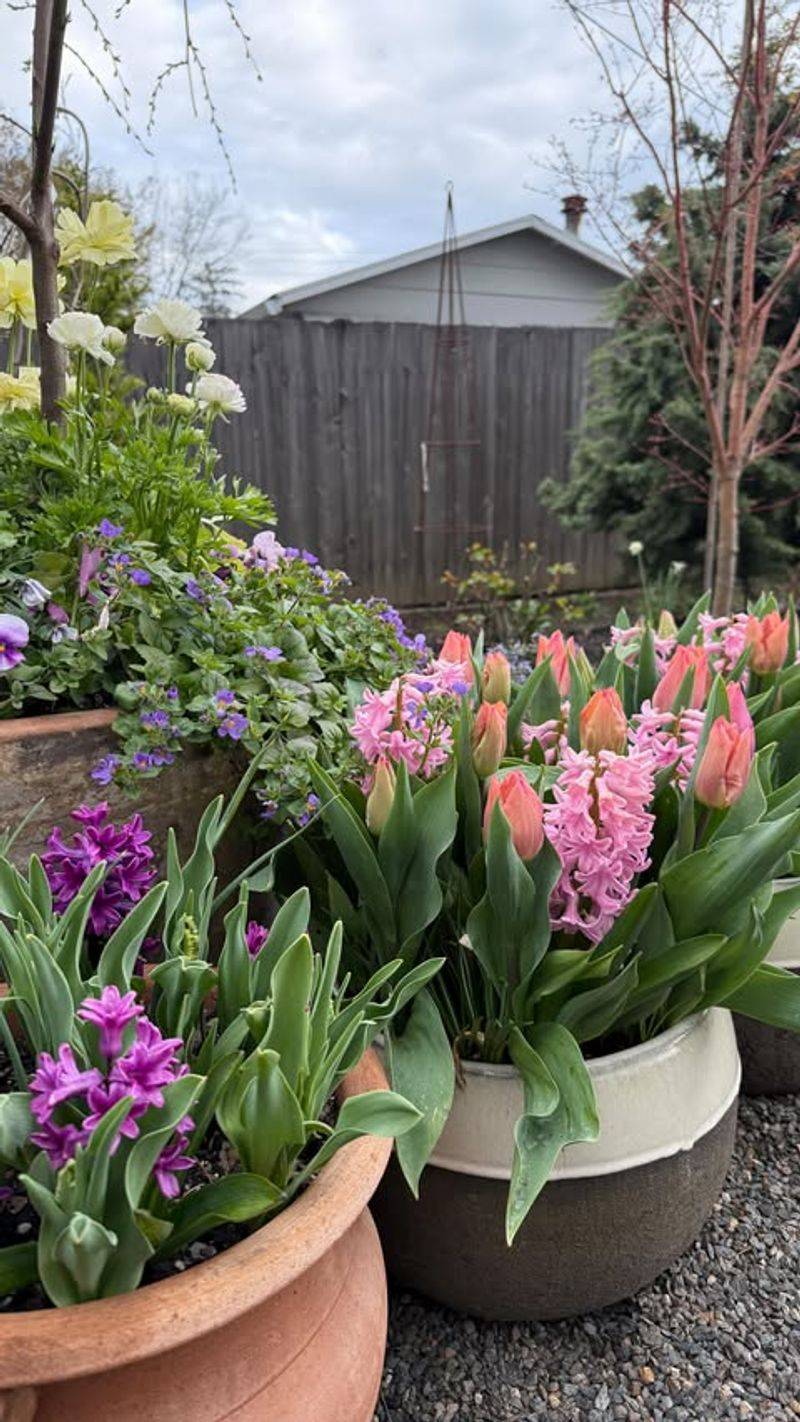Still thinking about planting in your Indiana garden? Good news—there’s still time, and a few simple tricks can make a big difference.
Late-season gardening doesn’t have to be complicated, especially if you know what helps things grow faster and stronger this time of year. I’ve picked up a few handy tips over the seasons that have saved my harvest more than once.
If you’re trying to stretch your growing season a bit longer, these hacks are worth trying.
1. Frost-Resistant Containers
Terra cotta pots might crack during Indiana’s unpredictable fall freezes. Switch to plastic, fiberglass, or concrete containers that withstand temperature fluctuations better while protecting root systems.
Many Indiana gardeners swear by these sturdier options when October’s weather starts playing tricks. They retain heat longer and keep soil temperatures more stable as nights get cooler.
2. Row Cover Magic
Lightweight fabric covers create a microclimate that’s 4-6 degrees warmer underneath. Just drape them over hoops or stakes when temperatures dip in those Indiana autumn evenings.
You’ll extend your growing season by weeks! Many Hoosier gardeners keep these handy for protecting late tomatoes and peppers from early frosts that sometimes surprise central Indiana.
3. Strategic Mulching
Apply a 3-inch layer of shredded leaves or straw around new plantings. This insulates soil from temperature swings common in Indiana’s fall season while retaining crucial moisture.
The mulch barrier also prevents weeds from competing with your young plants. Indiana gardeners find this especially helpful when establishing fall crops like spinach and kale before winter arrives.
4. Water Timing Trick
Morning watering gives plants time to dry before evening temperature drops. This prevents fungal issues that thrive in Indiana’s humid fall conditions when days are shorter.
Use lukewarm water instead of cold to avoid shocking root systems. Many experienced Indiana gardeners fill watering cans the night before, letting them reach ambient temperature by morning.
5. Cold Frame Construction
Create mini-greenhouses using old windows or clear plastic sheeting over simple wooden frames. These trap solar heat during Indiana’s shorter fall days while protecting plants from frost and wind.
Position them facing south for maximum sun exposure. Indiana gardeners often use these simple structures to grow lettuce and spinach well into December when conditions would otherwise be too harsh.
6. Strategic Companion Planting
Plant cold-hardy crops like kale alongside herbs that repel pests. This natural protection works wonders during Indiana’s fall season when insect populations are seeking winter shelter.
Try surrounding brassicas with aromatic herbs like rosemary or sage. Many Indiana gardeners report fewer cabbage worms and aphids when using this technique during late-season plantings.
7. Wall of Water Protectors
These ingenious plastic cylinders filled with water surround individual plants, absorbing heat during day and releasing it at night. They’re perfect for Indiana’s unpredictable fall temperature swings.
Many gardeners throughout the state use them to protect tomatoes and peppers from early frosts. The water creates a microclimate that can be up to 10 degrees warmer than surrounding air.
8. Raised Bed Advantages
Soil in raised beds warms faster in Indiana’s cool fall mornings, giving plants extra growing time. The improved drainage also prevents root rot during autumn’s occasionally heavy rains.
Add a few inches of compost to boost fertility for hungry fall crops. Many Indiana gardeners find their raised beds extend the growing season by nearly a month on both ends of the season.
9. Season-Extending Cloches
Repurpose plastic milk jugs by cutting off the bottoms to create mini-greenhouses for individual plants. These work brilliantly in Indiana’s variable fall weather to protect tender seedlings.
Remove caps during warm days to prevent overheating. Hoosier gardeners find these especially useful for establishing late lettuce and spinach plantings when nights start getting chilly.
10. Soil Temperature Monitoring
Use an inexpensive soil thermometer to guide planting decisions. Many seeds won’t germinate below certain temperatures, even in Indiana’s occasionally warm fall days.
Check readings at 2-inch depth in morning hours for accuracy. Experienced Indiana gardeners know that soil often remains warm enough for root crops and cool-season greens well into October.
11. Strategic Microclimates
Plant heat-loving crops near south-facing walls that absorb daytime warmth and radiate it back at night. This natural protection extends growing time during Indiana’s cooling fall temperatures.
Dark-colored stones placed around plants store additional heat. Many Indiana gardeners successfully grow peppers and eggplants weeks longer using these microclimate techniques in protected locations.
12. Fall Cover Cropping
Plant fast-growing cover crops like winter rye in garden areas not being used for fall vegetables. They’ll suppress weeds while improving soil for next spring’s planting.
Many Indiana gardeners sow these beneficial plants by mid-October. They protect topsoil from erosion during winter months and add organic matter when turned under before spring planting.
13. Succession Planting Schedule
Plant quick-maturing crops every two weeks until first frost. This staggered approach ensures continuous harvests throughout Indiana’s extended fall growing season.
Radishes, lettuce and spinach all grow well in cooling temperatures. Smart Indiana gardeners keep planting these fast-growing vegetables into September and October for fresh salads well into November.
14. Perennial Division Timing
Fall is perfect for dividing overcrowded perennials in Indiana gardens. The cooler temperatures reduce transplant shock while giving roots time to establish before winter.
Focus on spring and summer bloomers like hostas and daylilies. Many Indiana gardeners find that plants divided in September and October emerge stronger the following spring than those divided at other times.
15. Bulb Lasagna Technique
Layer spring-flowering bulbs at different depths in containers for months of continuous blooms. Plant later-blooming varieties deepest, with earlier bloomers closer to the surface.
This space-saving method works beautifully in Indiana’s climate. Many Hoosier gardeners plant these bulb containers in October for spectacular spring displays that brighten patios from March through May.

